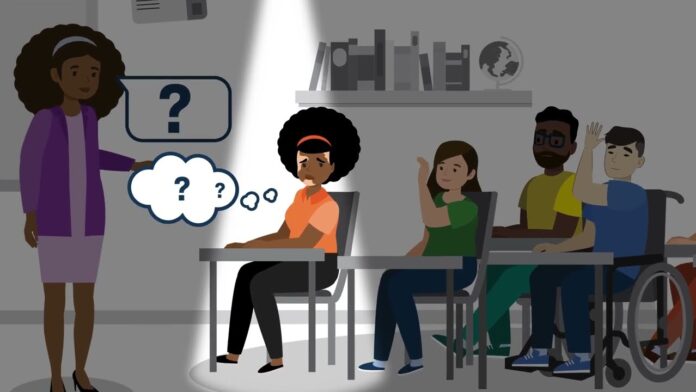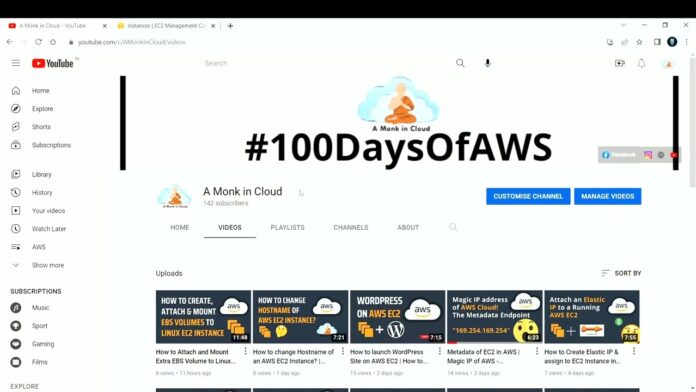In today’s fast-paced and constantly evolving world, traditional methods of education may not be enough to prepare students for the challenges of the real world. Theoretical knowledge and memorization of facts are important, but they may not always translate into practical skills and the ability to apply knowledge in real-life situations.
This is where project-based learning comes in. Instead of just learning through textbooks and lectures, project-based learning provides students with opportunities to apply their knowledge and skills to real-world problems and projects. It allows for a more hands-on approach to education, making it more engaging and effective for students.
What is Project-Based Learning?
Project-based learning (PBL) is an educational method that involves students working on a project or problem over an extended period of time. It is a student-centered approach to learning, where the focus is on the process rather than the end result. PBL often involves interdisciplinary work, where students from different subject areas come together to work on a common project.
In PBL, students are given a real-world problem or project to solve, and they are responsible for finding solutions and completing the project from start to finish. This requires them to use critical thinking, problem-solving, communication, and collaboration skills. PBL also incorporates elements of inquiry-based learning, where students are encouraged to ask questions and explore different avenues to find answers.
The goal of PBL is to make learning more meaningful and relevant for students by connecting classroom learning to the real world. It also helps students develop important skills that are essential for success in today’s workforce.
Benefits of Project-Based Learning

There are numerous benefits of project-based learning, both for students and educators. Here are some of the most significant ones:
1. Promotes Active Learning
One of the main advantages of project-based learning is that it promotes active learning. Instead of just listening to lectures and taking notes, students are actively engaged in the learning process. They are responsible for their own learning, and they have to actively seek out information, analyze it, and apply it to their project. This hands-on approach allows for a deeper understanding of the subject matter and better retention of knowledge.
2. Develops Critical Thinking and Problem-Solving Skills
In project-based learning, students are required to think critically and solve real-world problems. This involves identifying the problem, gathering relevant information, analyzing different perspectives, and coming up with creative solutions. These skills are essential not just in education but also in the workplace, where employees are expected to be able to think on their feet and come up with innovative solutions to complex problems.
3. Encourages Collaboration and Communication
Project-based learning also promotes collaboration and communication skills. Students often work in teams to complete projects, which allows them to learn from each other, share ideas, and work together towards a common goal. This helps them develop important interpersonal skills that are necessary for success in any field.
4. Makes Learning Meaningful and Relevant
One of the biggest criticisms of traditional education is that it often does not feel relevant or meaningful to students. PBL addresses this issue by connecting classroom learning to the real world. By working on projects that have real-world applications, students can see the relevance of what they are learning and understand how it can be applied in their lives.
5. Prepares Students for the Real World
Project-based learning prepares students for the real world by giving them practical experience in solving real-world problems. It also helps them develop important skills such as time management, organization, and self-direction, which are essential for success in any career. PBL also encourages students to be curious and lifelong learners, which is essential in today’s rapidly changing job market.
How to Implement Project-Based Learning

Implementing project-based learning may seem daunting at first, but with the right approach, it can be a highly effective method of education. Here are some steps to follow when implementing PBL in the classroom:
1. Choose a Relevant and Engaging Project
The first step in implementing PBL is to choose a relevant and engaging project for your students. It should be something that interests them and has real-world applications. You can also involve your students in the decision-making process by asking for their input on what project they would like to work on.
2. Create a Clear Project Outline
Before starting the project, make sure to create a clear outline of the project objectives, timeline, and expectations. This will help keep students focused and on track throughout the project.
3. Provide Necessary Resources and Support
To ensure the success of the project, it is essential to provide students with the necessary resources and support. This could include access to technology, guest speakers, field trips, or guidance from mentors outside of the classroom.
4. Facilitate Rather Than Direct
One of the key principles of PBL is that students are responsible for their own learning. As an educator, your role is to facilitate rather than direct. This means providing guidance and support when needed, but allowing students to take ownership of their project and make decisions.
5. Encourage Reflection and Feedback
Throughout the project, encourage students to reflect on their progress and provide feedback to each other. This will not only help students improve their project, but it will also promote critical thinking and collaboration skills.
Examples of Successful Project-Based Learning Initiatives
Project-based learning has been successfully implemented in various schools and educational institutions around the world. Here are some examples of successful PBL initiatives:
1. High Tech High
High Tech High in California is a network of charter schools that have fully embraced project-based learning. Their curriculum is designed around interdisciplinary projects that are completed by students over several weeks. The projects often involve community partnerships and real-world problems, such as designing a sustainable garden for a local park or creating a business plan for a startup.
2. Design for Change
Design for Change is a global movement that empowers young students to take action on social issues in their communities. Students work together on projects that aim to tackle issues such as pollution, poverty, and inequality. By working on these projects, students not only learn important skills but also gain a sense of agency and the ability to make a positive impact in their communities.
3. Virtual Enterprises International
Virtual Enterprises International (VEI) is an organization that provides students with hands-on experience in running a virtual business. Students from different schools come together to form a company, create products and services, and sell them through a simulated marketplace. This project-based learning initiative helps students develop essential business skills and prepares them for the real world.
Challenges and Solutions in Project-Based Learning
While project-based learning has numerous benefits, it also comes with its own set of challenges. Here are some common challenges faced when implementing PBL and how to address them:
1. Time Constraints
One of the biggest challenges of PBL is time constraints. It can be difficult to fit in long-term projects alongside a traditional curriculum. To overcome this challenge, educators can consider incorporating elements of PBL into their existing curriculum. For example, instead of a regular essay assignment, students could be tasked with writing a proposal for a real-world project.
2. Assessment and Grading
Assessment and grading can also be a challenge in PBL. Since projects may not have a single right answer, it can be challenging to assess student performance. One solution is to use rubrics that outline the criteria for success and provide clear expectations. Educators can also involve students in the assessment process by asking them to reflect on their own learning and provide self-assessment.
3. Lack of Support or Resources
Another challenge of PBL is the lack of support or resources. Not all schools may have access to technology, materials, or community partnerships that are needed for successful project-based learning. In such cases, educators can get creative and find alternative solutions. For example, instead of a field trip, students could conduct virtual interviews with professionals in their field of interest.
Conclusion
Project-based learning provides a hands-on approach to education that prepares students for the real world. By connecting classroom learning to real-world problems and projects, students not only gain practical experience but also develop important skills such as critical thinking, collaboration, and communication. While implementing PBL may come with its own set of challenges, the benefits far outweigh them. It is an innovative and effective method of education that can truly transform the way students learn and prepare for their future.








